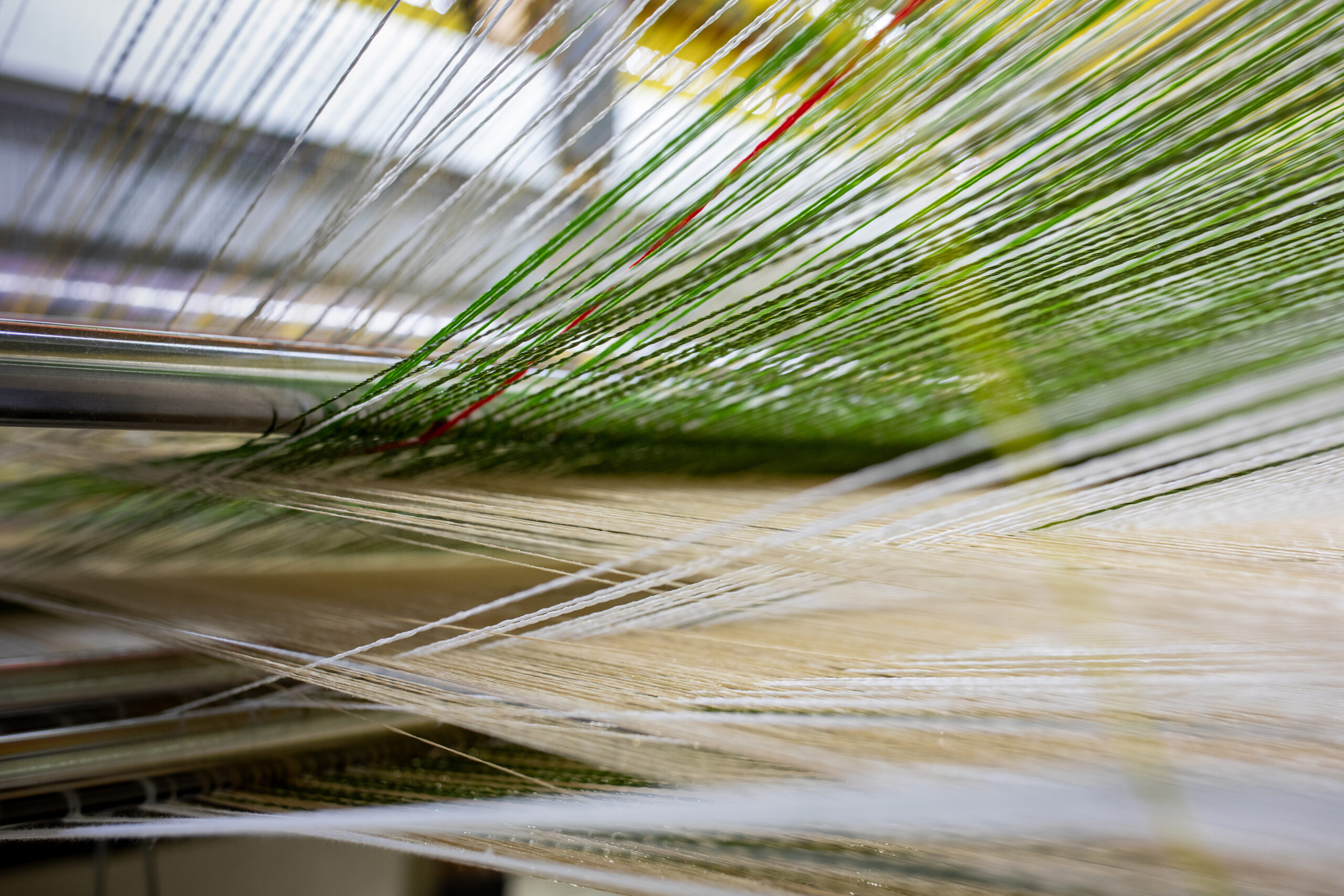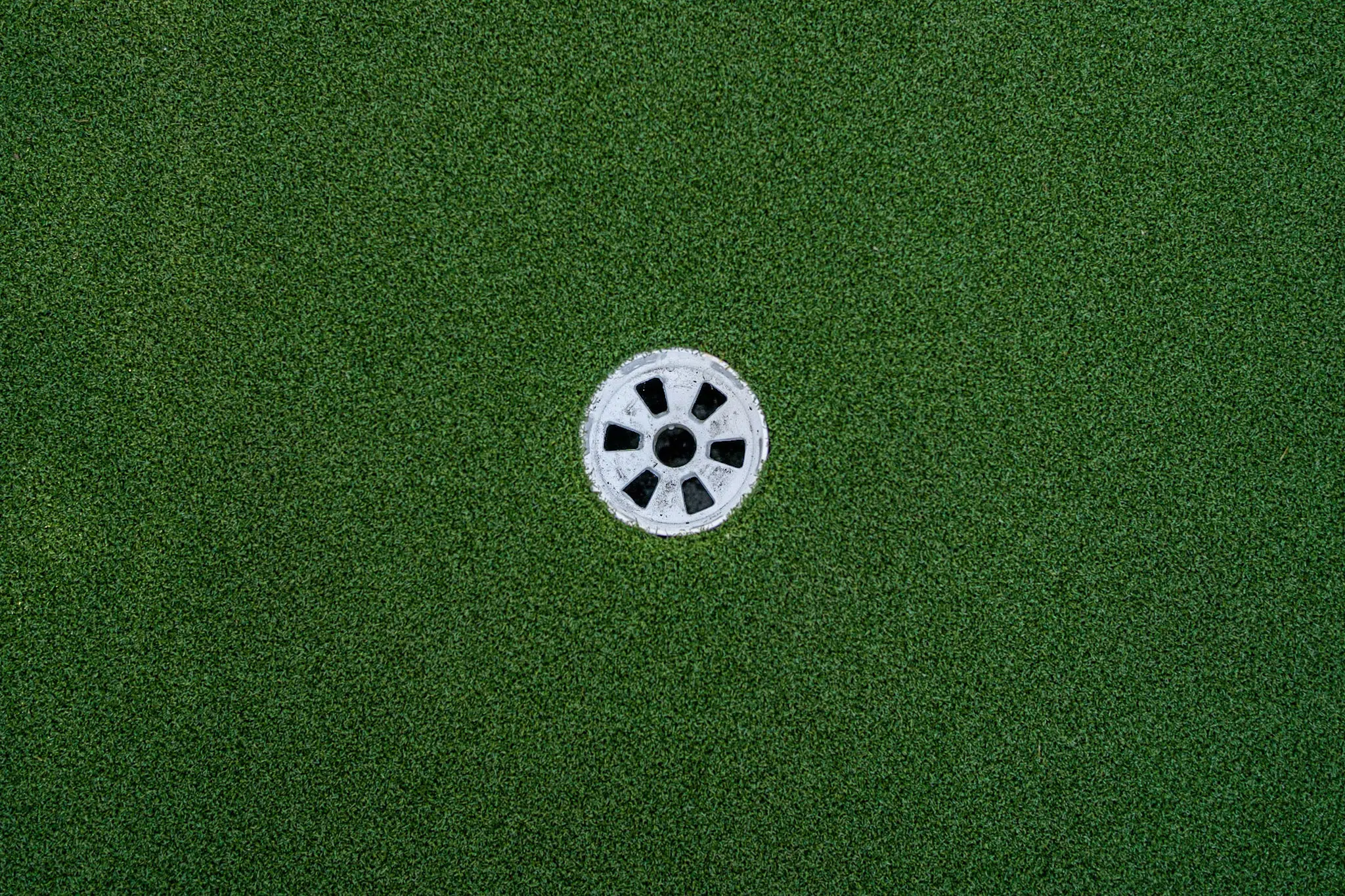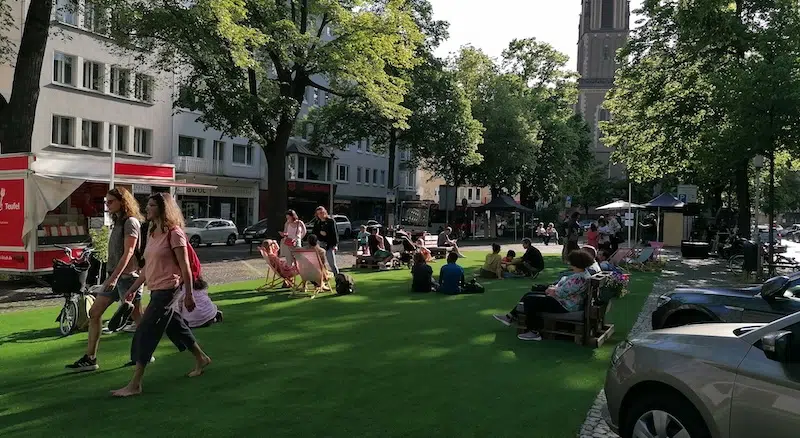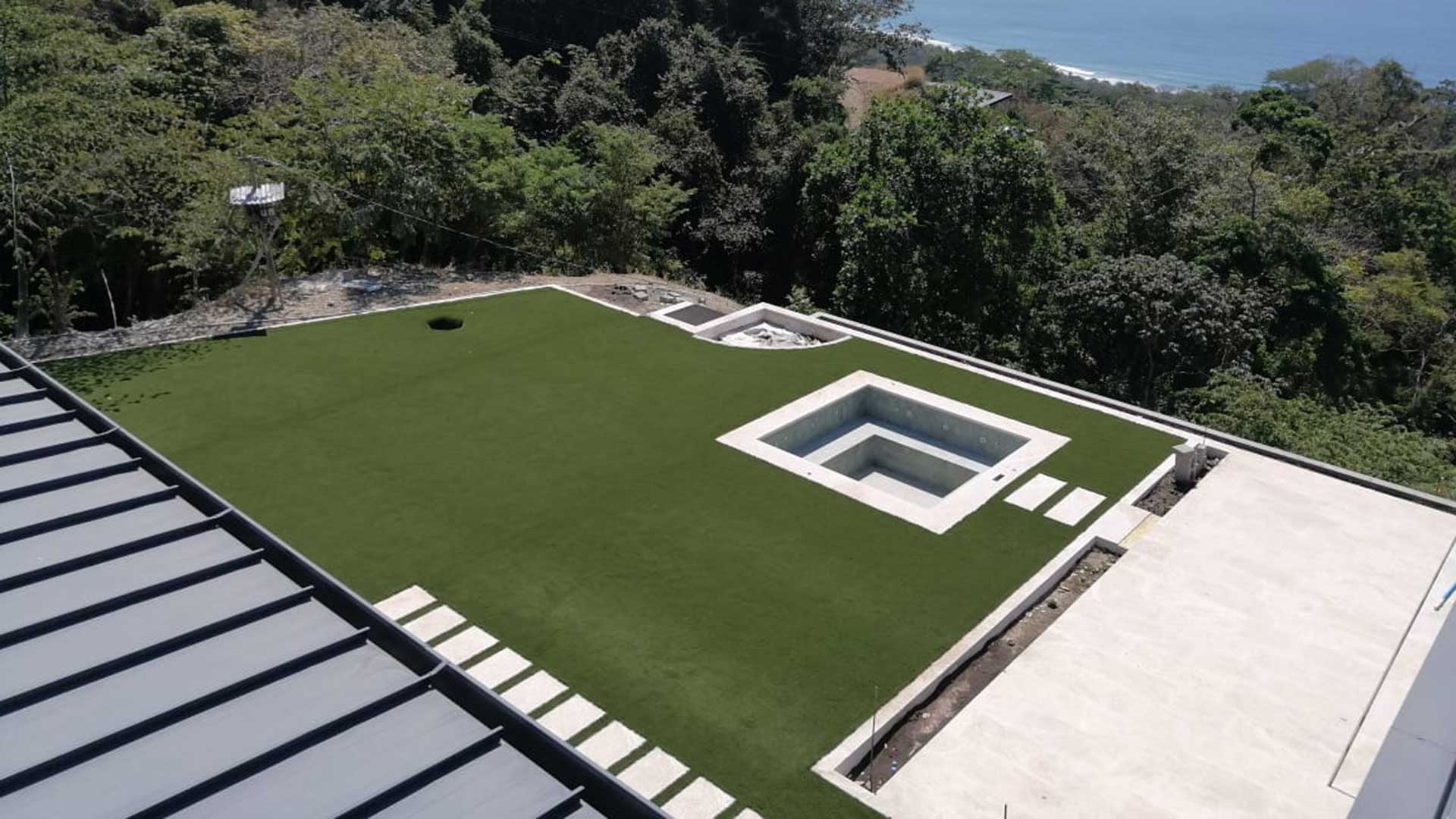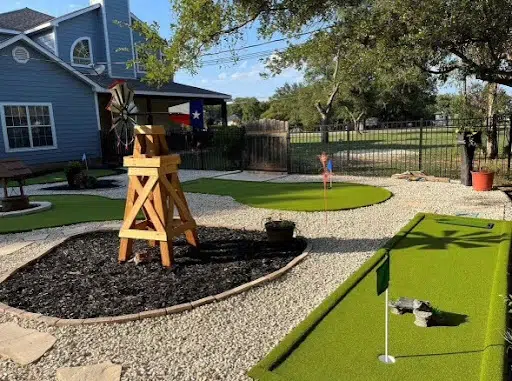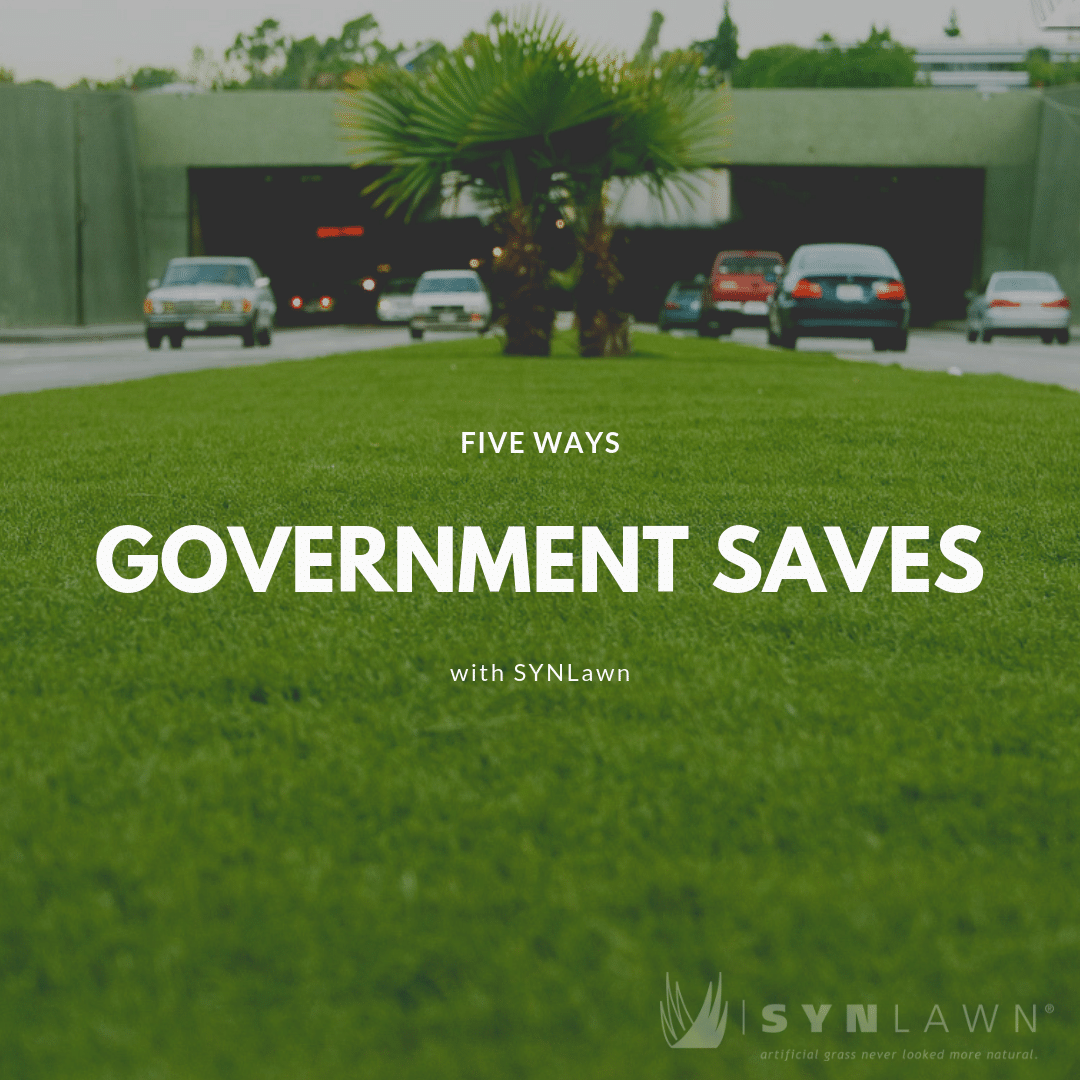
Government Landscaping: 5 Ways to Save With Synthetic Turf
Governments on all levels state, local and federal, are in charge of operating a diverse array of taxpayer-funded organizations that use brick-and-mortar buildings. One hidden cost that comes with government buildings is government landscaping. However, upkeep is a necessary bill because a well-groomed lawn reflects the entity’s professional image.
The price of keeping up appearances adds up over time in maintenance costs. However, governments are now turning to artificial grass for maintenance savings.
In the past, artificial grass looked blatantly fake. But companies like SYNLawn create life-like synthetic turf that looks and performs just like real grass. Installing artificial grass offers governmental organizations the best of both worlds: an attractive turf that requires little to no maintenance. Here are five ways state, local, and federal governments are saving with synthetic turf.
1. Water
The average cost to water a 100’x100’ lawn is between $50-$156 a month. Public spaces like cemeteries and parade lawns can take up far more square footage, amounting to significant monthly water bills. In fact, the largest cemetery in America requires the same amount of water that could sustain between 2,000- 3,000 homes. When governments install a synthetic turf on their public lawns, they redirect potable water to residents while also saving on utility costs.
2. Mowing, Government Landscaping
Natural grass grows quite quickly in the spring and summer, which makes maintenance mowing necessary to keep it walkable and safe. A decent riding mower costs around $1,500, while a dependable push mower costs at least $200. There are also small costs like fuel to consider. If you want to outsource the work, hired labor to mow and trim natural grass can cost up to $30 per hour.
On the other hand, installing a synthetic lawn that doesn’t grow completely cuts out the need to mow and trim a lawn every week.
3. Re-sodding
Natural grass is notorious for having patches that require replacement. Making the grass look good again requires either re-sodding or tilling and laying grass seed. After applying sod or grass seed, the ground must also be bedded with straw and kept free from damage.
This requires periodic watering and time while avoiding factors that can impede complete regrowth or sod integration, such as foot traffic. According to Angi.com, sod rolls cost between 28 to 45 cents per square foot, which makes sodding a 2,000-square-foot-lawn cost between $560 and $900. Artificial turf needs no re-sodding or maintenance.
4. Fertilization & Aeration of Government Landscaping
A healthy lawn should be perforated or aerated by a professional to allow fertilizers to properly nourish the soil. Aeration costs around $150 for 10,000 square feet, while fertilization costs $40-$60 for a standard residential lawn. Naturally, these costs increase with the size of the field.
Synthetic turf is evergreen without the need for fertilizer or aeration, so it saves governments hundreds per year for each lawn they don’t have to keep green.
5. Weeding
Keeping grass free from unwanted plants like dandelions also taps into government funds. According to Improvenet, weeding costs between $12-$40 per hour. Depending on the number of weeds and the size of the turf, this can amount to significant regular payments to lawn maintenance workers.
Artificial bio-based grass comes weed-free, and its durable backing greatly reduces the chances for weeds to grow. As a result, governments can save hundreds per year for each property they manage.
